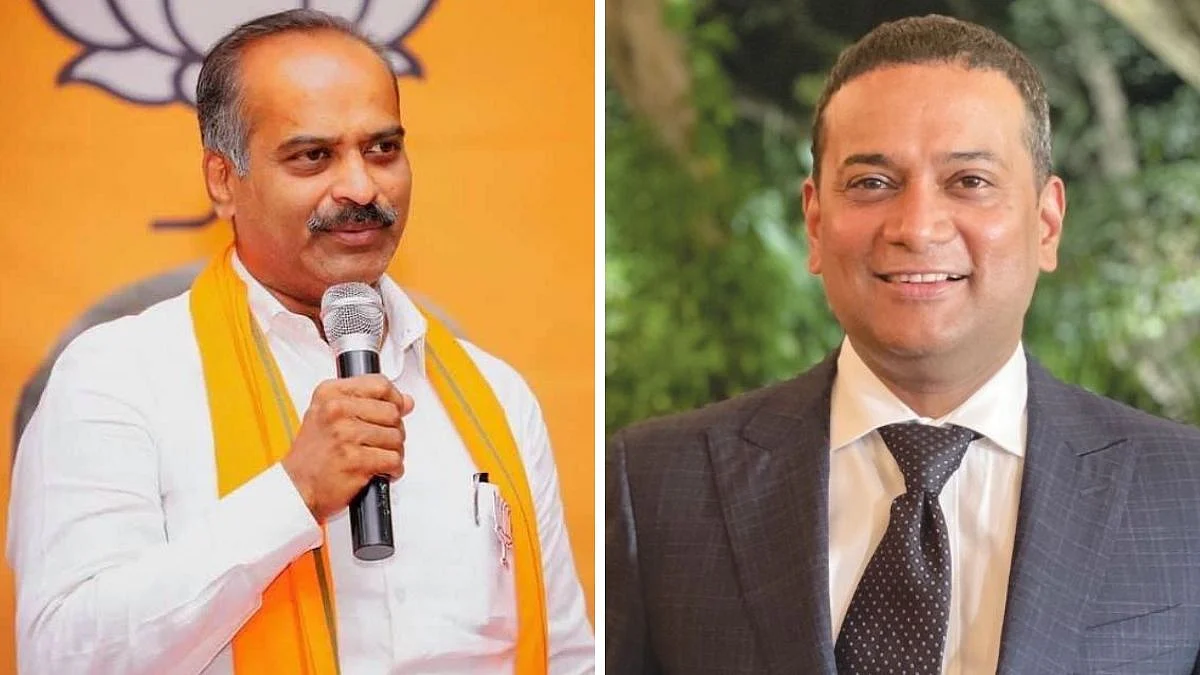Not yet tweaked allocation of your portfolio to financial assets? It’s not too late yet, says RAGHAV IYENGAR, EVP, ICICI Prudential AMC.
2015 has been off to a flying start. Equity markets have charted new highs and provided over-average returns to investors. Frontline indices such as large-, mid- and small-cap indices have been on an upswing. The result? Equity assets in most portfolios that were properly structured last year have been turning out great returns.
To top it all, debt assets has been doing well in the past few months spurred by the RBI’s 25-basis-point rate cut in mid-January and in anticipation of potential rate cuts. This rate cut, outside the monetary policy calendar is also an indication that the RBI considers inflation to be within bounds.
As we progress into the year, the release of the budget remains a key event for the Indian markets; we expect the government to stick to fiscal consolidation path, opening up room for further easing by the RBI. What the Indian economy does need from the budget this year is a boost to the domestic capital expenditure (capex) cycle and increased spends on infrastructure, which could begin with efforts from the government.
Going ahead, the year still looks good for investors. They can still enter the markets for a pleasant investor experience over the long-term. But that begins by setting the investing trajectory on the right course.
The clear truth is that the vast Indian population has, for the past many years, been averse to investing in financial assets. Tough macro-economic conditions and the high rate of inflation have driven households to physical assets. So much so, that people are now over-invested in such asset classes.
But gold and real estate have not delivered good enough returns for investors in the past few years. Hence, we still believe that financial assets (equity and fixed income) are the best asset classes to accumulate and invest in for the rest of the year as they can create wealth for investors in the long run.
Further, macro-economic fundamentals such as the current-account deficit, inflation and lower prices of crude are showcasing a benign trend. Lower prices of crude itself have boosted fiscal growth by a few percentage points.
All this can set the stage for the Indian economy to clock one of the highest growth rates in the world in 2016 and 2017. Besides, the Indian government has kick-started many programmes that would undoubtedly contribute to the growth momentum.
It has initiated measures such as Make in India, Digitizing India and Skill India, all expected to contribute to growth and boost productivity significantly in the next few years.
Domestic cyclicals are showing signs of improvement and, as the investment cycle picks up, which could take a few years, they will further gain strength. In equities, banks are attractively poised because credit off take is set to improve and interest rates are set to move down. Companies may see additional capacity utilization in manufacturing as demand picks up. All this should boost returns on equity.
With present market still at fair valuations, the investment climate is set to pick up pace in coming years. We recommend staggered investing (Systematic Investment Plan & Systematic Withdrawal Plan) over the course of next 6-9 months in order to position your portfolio for wealth creation in the next three to five years.
With the RBI cutting interest rates at the beginning of the year, there’s bound to be plenty of excitement in the bond market this year. Yields on 10-year paper have already come down and, with further rate cuts expected this year, opportunities to now get into fixed income abound. The longer end of the yield curve looks especially attractive from a returns perspective, but one has to get in early on the rate-cut cycle.
Global volatility could be high in 2015 as Europe has announced a further stimulus and the U.S. could tighten its monetary policy later this year. So, international volatility could affect Indian markets in the short run. But the beauty of the market is that volatility provides excellent opportunities for investors to accumulate assets for the long haul.
The outlook for equity markets over 2016 to 2018 is extremely good. One way to beat such market volatility is to proportionately spread the risk between debt and equity, and according to one’s risk appetite. Another is to invest in schemes that benefit out of volatility like dynamic funds.






